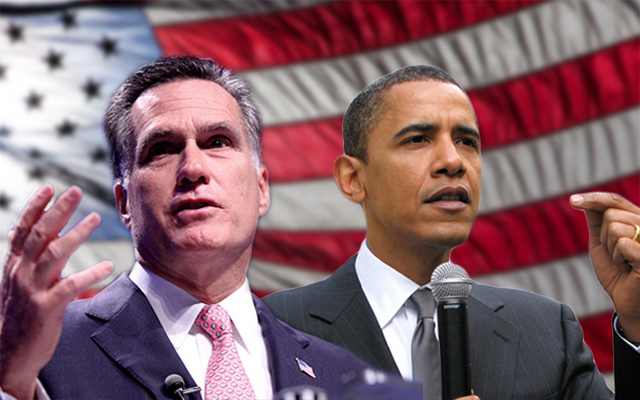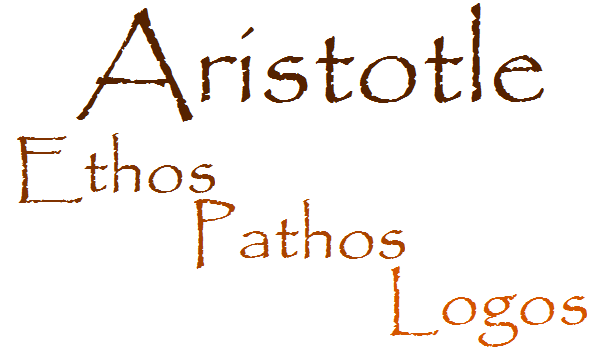Truly getting into the heart of logos in chapter 13,
it is very interesting to observe how the use of syllogisms
can influence the argument. First and foremost, it is crucial that the audience
understands the logic you are using and gets to the conclusion that you want them
to. If not, you just wasted valuable time on invaluable persuasion. However, people
will not be easily convinced if they think they are being manipulated in some
way to agree with the idea that you propose. This is where enthymemes are extremely useful. They provide a type of syllogism
that uses the same logic but skips the middle portion of it, which is
unnecessary. It is best to use enthymemes with commonplaces because that
guarantees you that the audience will comprehend the evidence and feel attached
to the situation and the objective. A very important part when prooving a premise is showing examples. This method of using examples to evidence a point is called a paradigm. This influences the choice you want the audience to make. This evidence will also act as the premise, which is key to make your point
valid and show the reader that it does work. Heinrichs describes this when he
states, “It starts with a premise--a fact or commonplace--and applies it to a
specific case to reach a conclusion” (p. 125). Once the audience believes the
premise and reaches the conclusion, they will be easily persuaded.
I
found it very impressive that logic also involves using a lot of facts.
However, the important part is not only gathering and knowing the information,
but knowing how to effectively use it to convey the message. Presenting facts
or comparisons to the audience, you add power to the premise, therefore guiding
the audience through the path to reach the desired conclusion. If the audience
knows that your ideas are not only backed-up by your point of view, but by
several others, then the argument becomes much more powerful and convincing. I know there are some people who believe everything you tell tell, but it is better to be prepared for the more intelligent ones. At first the audience might be thinking: "Why is he teeling me this?" but soon after they might be asking themnselves, "Why did I just believe him and felt his point was the right one?"
Using deductive or inductive logic
will allow you to present commonplaces or examples that add profoundness and
make the audience feel identified with your goal. Actually, it might even modify their identity in the long run. All of it because of you.









